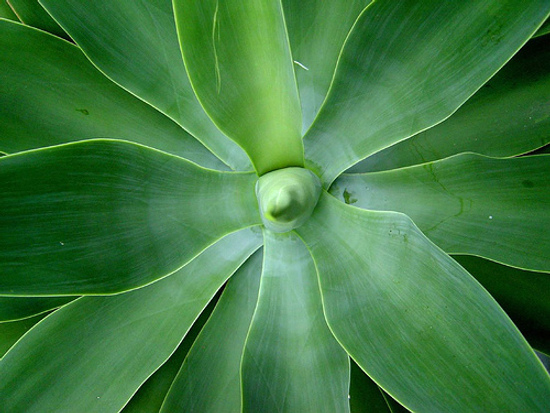 |
| How safe are the artificial colors and dyes added to candy? Would it surprise you to hear they're banned throughout Europe? |
Many of us have been exposed to the Dirty Dozen and the Clean 15 'clean eating' lists. I've previously written about both of them several times.
The Dirty Dozen are fruits and vegetables we should always buy organic (if you're trying to avoid pesticides, etc), while the Clean 15 are foods that are okay to buy conventionally (many times, produce that has thick skins or rinds).
Unfortunately, our entire diet is not made up of only produce. For convenience's sake, processed foods are a part of our daily lives. Foods we buy in a box (meaning, they're processed), come with a plethora of added ingredients.
Wouldn't it be nice to know what ingredients we should really try to avoid -- just like those pesticides found on produce?
 |
| Cured meats contain nitrates and nitrites. |
The list does exactly what it sounds like it does: identifies the top food additives that are harmful and why consumers should avoid eating foods that contain these additives.
There are over 10,000 additives allowed in the US Food Supply. Most of the additives identified for the dirty dozen are controversial because they are generally recognized as safe in the US, but are known carcinogens or disruptors, and are banned or restricted in other countries around the world.
DIRTY DOZEN GUIDE TO FOOD ADDITIVES:
- Nitrates and nitrites -- very common; found in cured meats, can react to form cancer-causing compounds
- Potassium bromate -- used in bread and cracker dough; a known carcinogen
- Propyl paraben -- a weak synthetic estrogen found in tortillas and muffins
- Butylated hydroxyanisole (BHA) -- very common; found in chips, cured meats, etc; categorized as a possible human carcinogen
- Butylated hydroxytoluene (BHT) -- chemical cousin to BHA
- Propyl gallate -- preservative found in edible fats
- Theobromine -- found in chocolate
- Secret flavor ingredients -- 'artificial' or 'natural' flavors; mostly synthetic chemicals that can contain 100 different substances (that do not have to be disclosed by the manufacturer)
- Artificial colors -- used to increase the appeal of a foods with little nutritional value; are banned throughout Europe because of effect on children
- Diacetyl -- in microwave popcorn, yogurt, cheeses, etc; concerns over working closely with flavoring chemicals in food factories have been raised as of late
- Phosphates -- most common additive -- found in over 20,000 products; leaven baked goods, reduce acid and improve moisture retention and tenderness in processed meats; concerns over cardiovascular/heart disease in high phosphate levels
- Aluminum additives -- used as food stabilizers
So what does this mean? From the looks of it -- as you walk down the grocery store aisles -- most of us are reading food labels these days anyways; the latest list from the EWG just gives us something specific to look for!
There is a lot of information out there; the key is getting it. And once you have the information, it's up to you to do with it as you like!
LINKS:
RELATED POSTS:

















